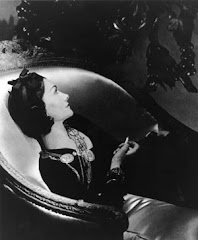
You can't see it very well in this picture but above is a cuff in tiny checks. A larger photo which came to my email inbox shows it better but won't copy.
The cuff is from People Tree, the ethical fashion company. This is who made it:
There is a dark side to the jewellery industry: The cheap, spangled jewellery that is all over the high street is often made using child labour in India because it's cheaper and children's small hands are more suited to creating intricate jewellery. However a Delhi child labourer will be routinely forced to work 12 hour days, working, eating and sleeping in the same cramped, poorly lit and ill ventilated workshop.
Even though jewellery is major business in India it is difficult to form labour unions because it's usually created by small producer groups. This means that the producers are rarely able to bargain for a fair price and are at the mercy of a long chain of middlemen.
Tara (Trade Alternative Reform Action) defends the rights of the poor, employing only adults, offering them advance payments so they can buy materials, and giving them the security of long term contracts.
They run campaigns against child labour and have established sixteen schools and vocational training centres for children from poor families, which over 700 child labourers have attended to date.
Mosim, a jewellery maker from one of TARA's beading groups said she puts her money in a savings account, which she is saving to put towards her dowry. The project allows her to learn a professional skill, earn an income and spend time with people her own age in a country that rarely allows women to leave the home. Mosim even made her first visit to Delhi recently to participate in Tara's annual producer meeting.
You can support Tara's work by buying the unique jewellery created by Mosim and the other TARA artisans.
It is reduced from £10 to £7 in the People Tree sale, about the price of lunch at Pret a Manger.

